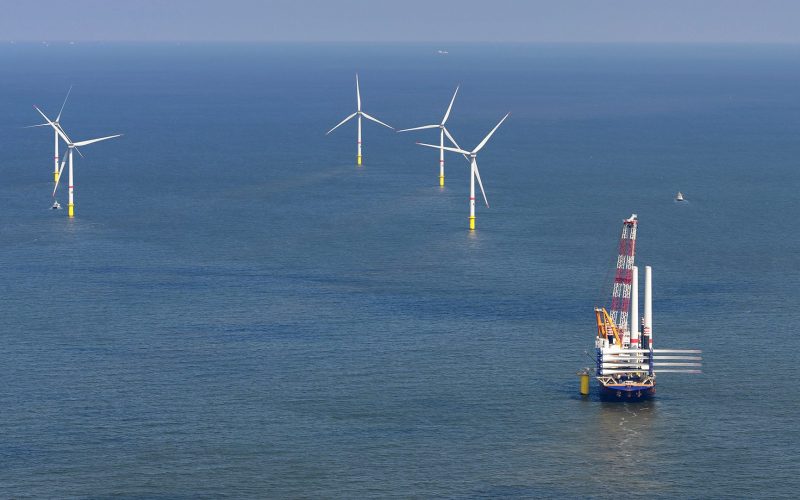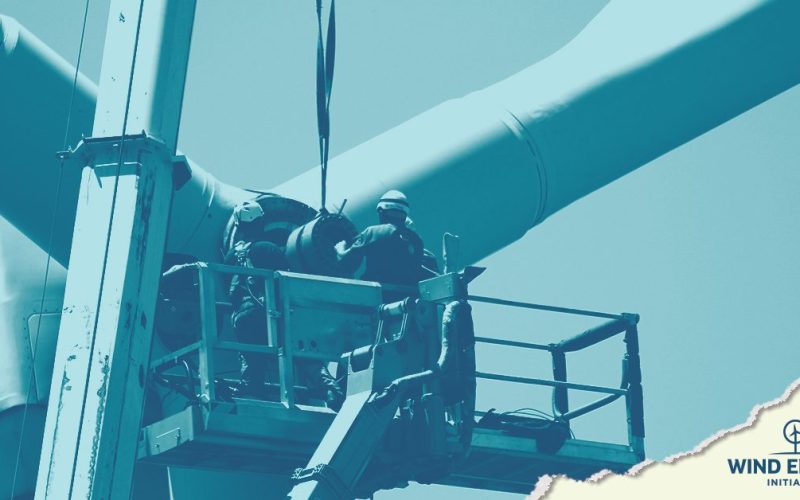THE VOICE FOR THE ENERGY CONSUMER

Largest Energy Consumer Advocate Applauds Committee for Highlighting Importance of Expanding Offshore Wind Development; Shares Concerns with Restricting Offshore Oil and Gas Development in Gulf Washington, D.C. — Today the.

Earlier this week, headlines were filled with news about Pfizer’s positive COVID-19 vaccine trial results. While global oil markets may have rallied initially from this positive news, the International Energy.

Detroit, MI – Consumer Energy Alliance (CEA) released the following statement after today’s announcement by Governor Gretchen Whitmer that she filed a lawsuit to revoke the easement for the Line.

Consumer Energy Alliance Examines Energy Production’s Benefits to Pennsylvania’s, New Jersey’s and New York’s Families, Small Businesses and Industries in Updated Report Trenton, NJ – Pennsylvania, New York and New.

Consumer Energy Alliance’s Louisiana emission analysis which found emissions had fallen by as much as 66 percent since 1990, even as the state’s energy demand has increased and its gross.

CEA Midwest’s Chris Ventura looks at the dangers of blocking every type of energy development or infrastructure project – for the environment and for economic growth. Here’s one of the.

CEA’s Chris Ventura provided an overview of the amount of savings Ohio’s energy consumers – from individual families and farmers to local businesses and large manufacturers – as a result.

While ballots continue to be counted across various battleground states, some analysts are suggesting that whether Republican Donald Trump is re-elected as president of the United States or Democrat Joe.

Wind energy across the U.S. is already giving the country nearly 7.3 percent of its electricity generation, and it couldn’t come at a better time to help provide additional sources.

With colder months quickly approaching, it can be helpful to have a checklist for winterizing your home so you are prepared and unexpected damage doesn’t occur. It’s important to look.